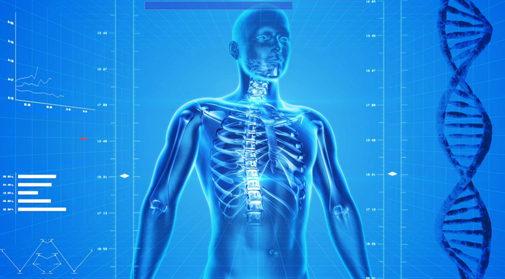
Department of Clinical Skills
Medical simulation has become a fundamental method of modern medical education. It provides a safe, non-threatening learning environment for students, trainees, and practicing providers of different specialties and professions, offering them support, guidance and feedback until they fulfill the criteria to reach competency. Furthermore, it offers a standard setting for teaching and evaluation. Simulation education is an essential link between theoretical learning and clinical practice. It has proven to be an effective tool for assessing technical skills, critical thinking, and team behavior. Evidence-based research has shown the valuable role of simulation-based education for undergraduate and postgraduate training in improving competency in clinical skills practice, reducing error rates, and enhancing patient safety. It provides the opportunity for learning that is both immersive and experiential without exposing a patient to preventable errors for these reasons the College of Medicine has established the Department of Clinical Skills.
History
In 2008 the College of Medicine established a clinical skills lab to provide students with needed training as a requirement of the curriculum. Equipped with beds and basic instruments, it provided an area for students to practice clinical skills, including general physical examination and basic procedural skills. Over the next decade, the lab demonstrated its effectiveness in training students and need to expand to provide more advanced training and to implement international standards of simulation education.
The Department of Clinical Skills was established on November 13, 2017, by Alfaisal University College of Medicine board approval. Following this approval, a department chairman was appointed, and fulltime staff employed to expand the educational offerings and delivery of training. The department is now fully equipped with a variety of low and high-fidelity simulators and models such as Metiman, Harvey, SAM-II, ECG, and gynecological simulators. In addition, audiovisual technology is in place to record simulation sessions for education and debriefing of learners.
The Department of Clinical Skills continues to develop and expand to provide its learners with resources to cover all clinical skills, including undergraduate and postgraduate specialties. The department now hosts a full simulation center that offers a professional training area equipped with a variety of instruments, equipment, simulators, and manikins to support clinical skills training of learners. The training offered encompasses patient and team communication skills, history taking with role play and simulated patients, physical examination skills including all body system examinations, procedural skills such as gynecological procedures, lumbar puncture & venipuncture, and simulation of the clinical environment to inject realism into simulation-based learning.
Location
The Department of Clinical Skills is an extension of the College of Medicine. It consists of 3 floors: The ground floor is a simulation area. It has four simulation rooms, a storeroom, a central control area and two washing stations. Rooms 1 & 2 are equipped with an advanced audio-visual system for recording scenario-based simulation sessions and for creation of customized videos for educational use. Room number 3 is home to Harvey, a high-fidelity manikin which is used for cardiovascular system diseases training, and a laparoscopic training simulator (FLS training). Room 4 is reserved for Cherry & Gerry, which are used for patient care training. Rooms 3 and 4 are also convertible for other setups and uses. The first floor has 3 rooms, each of which is well equipped and is dedicated to BLS/ACLS activities. The BLS program is independently run by the Medical Students' Association (MSA) team and staffs qualified & certified trainers. This program is accredited by the American Heart Association. The BLS unit has a SimMan 3G and all required simulators and manikins for BLS/ACLS related skills.
The second floor is the main simulation education area. It consists of nine simulation rooms that can accommodate 12-15 students each, two fully equipped debriefing rooms with a capacity of 40-50 students, two storerooms for the storage of partial task trainers, equipment, and consumables, in addition to an ambulatory clinic, SP-change room, and faculty offices. The simulation rooms are fully equipped with standard clinic set up (patient bed, height and weight scale, combo digital blood pressure measurement apparatus with stethoscope, ophthalmoscope, otoscope). Additionally, each simulation room is equipped with smart TV screens for showing videos and OSCE scenarios. Debriefing rooms are equipped with a podium, projector, internet, smart board, and horizontal & vertical glass cabinets for the storage & display of low to medium fidelity simulators. These rooms are also connected to the A/V system on the ground floor, making it possible for live simulated sessions to be broadcast to other rooms in the center for students to observe. These rooms are also used to conduct debriefing sessions, regular course sessions, clerkship training sessions, regular & online meetings, workshops, symposia, and other events.













